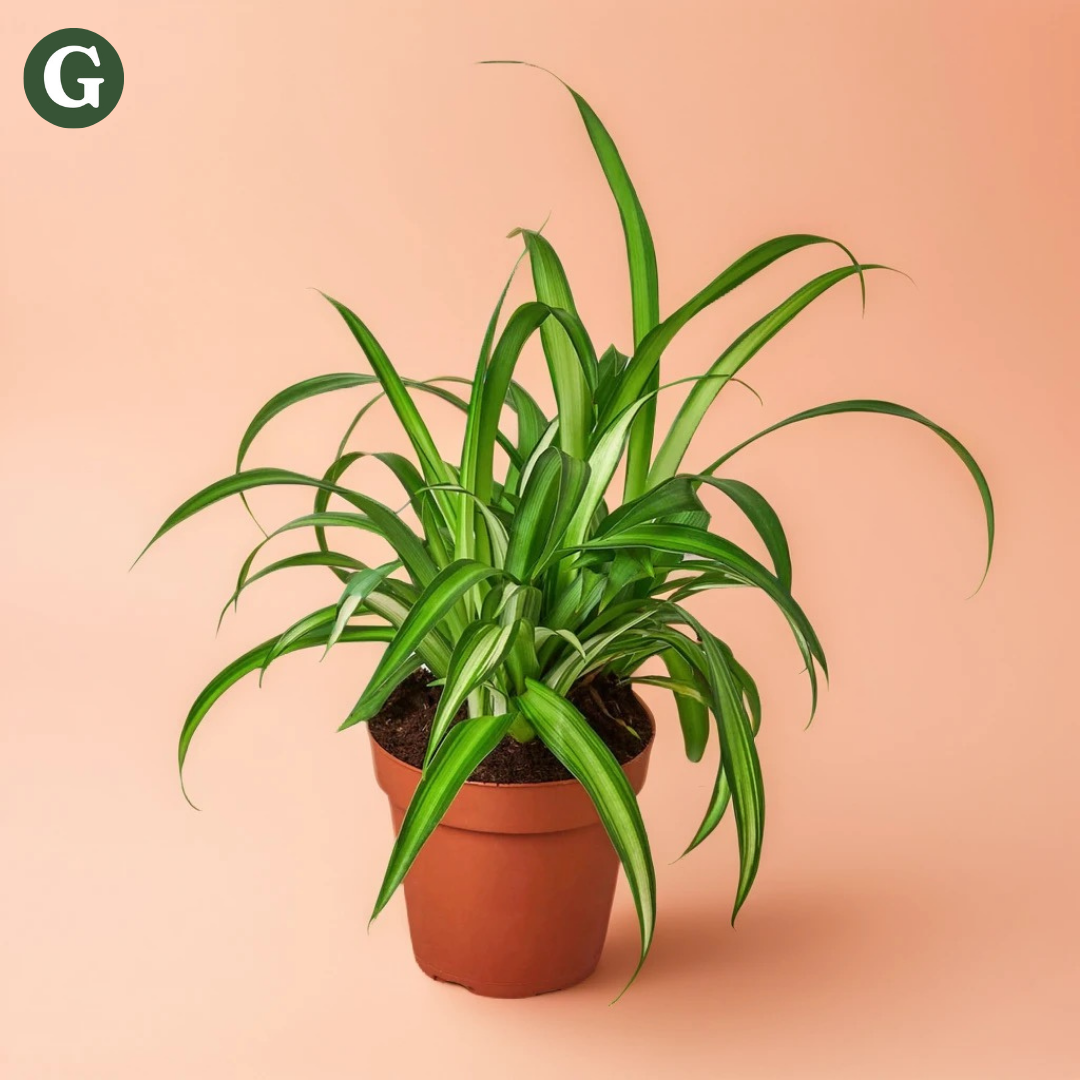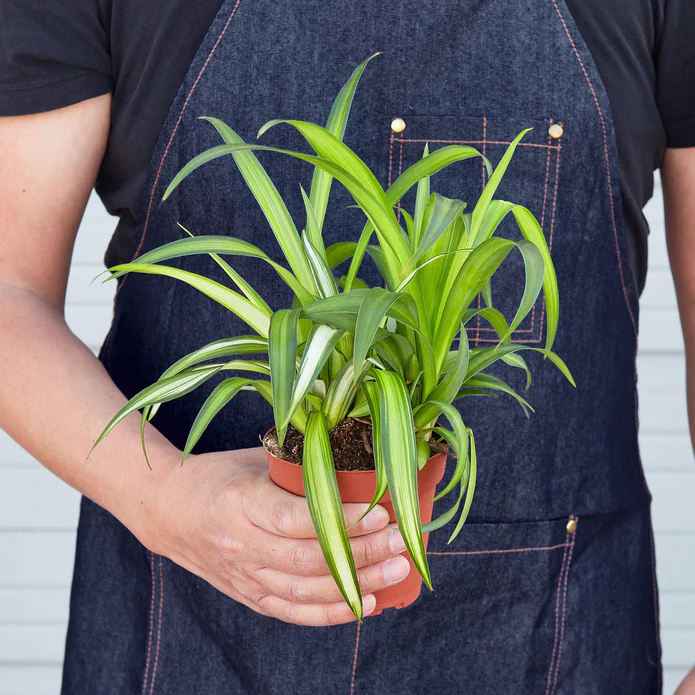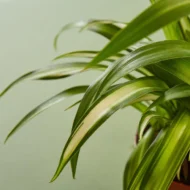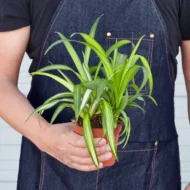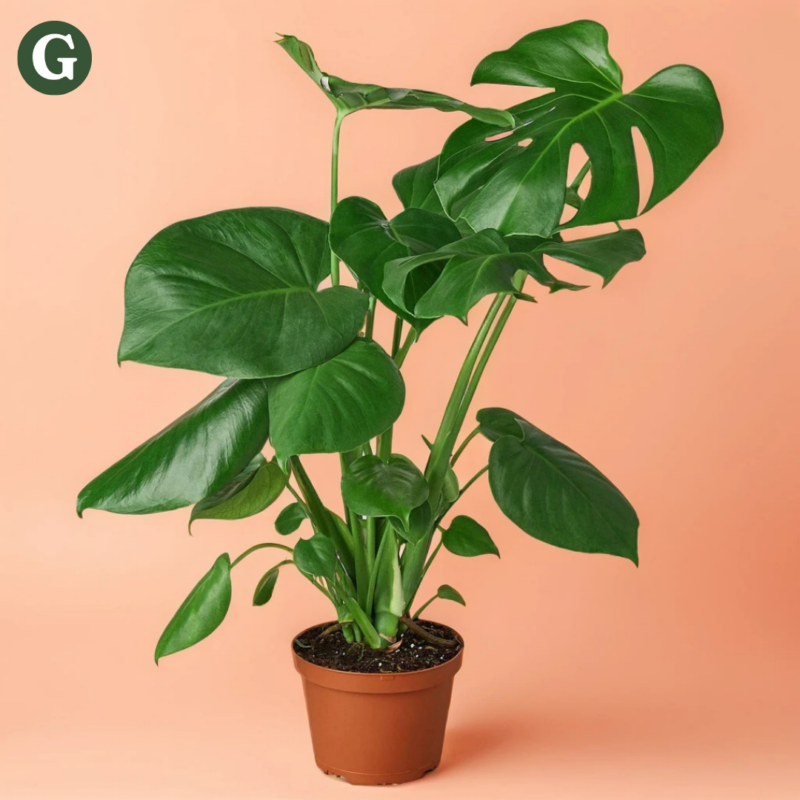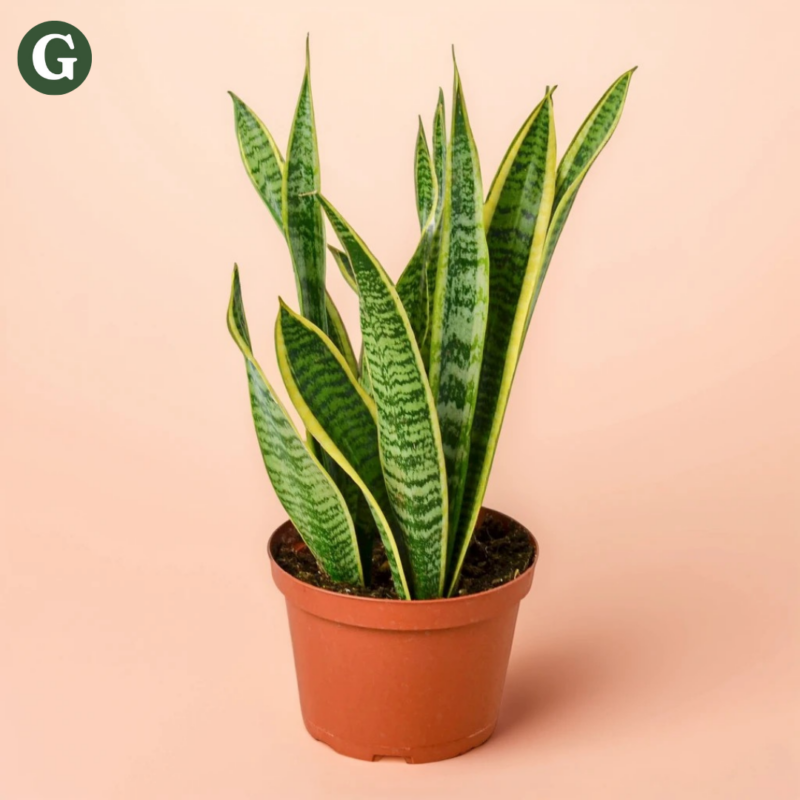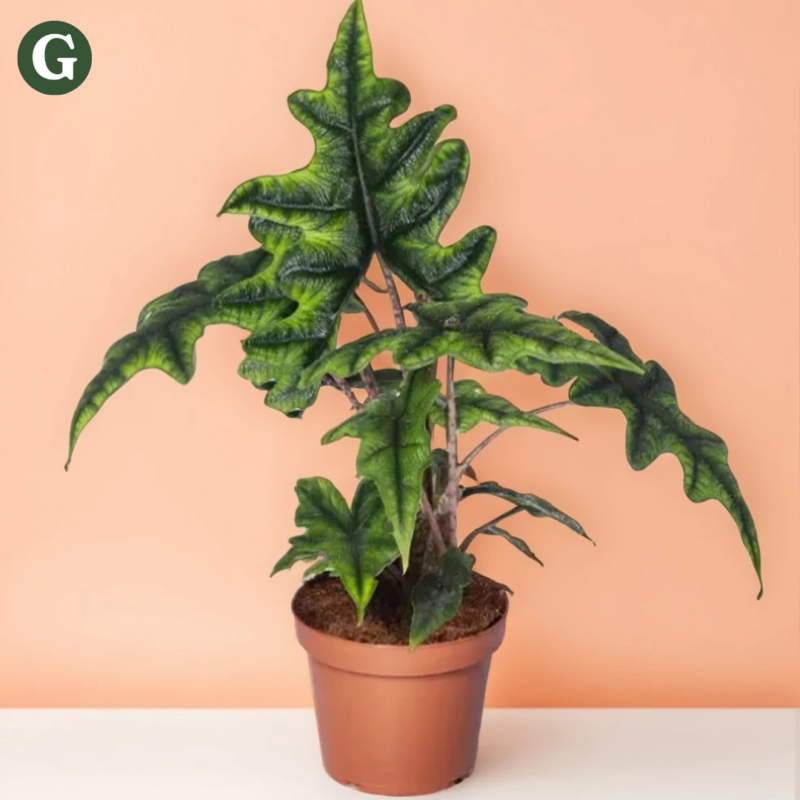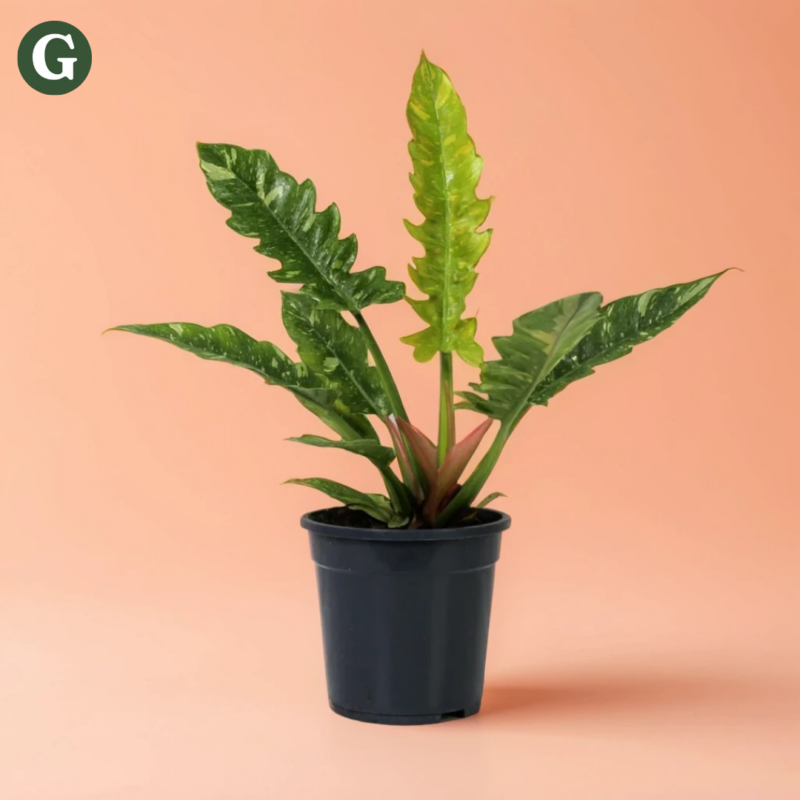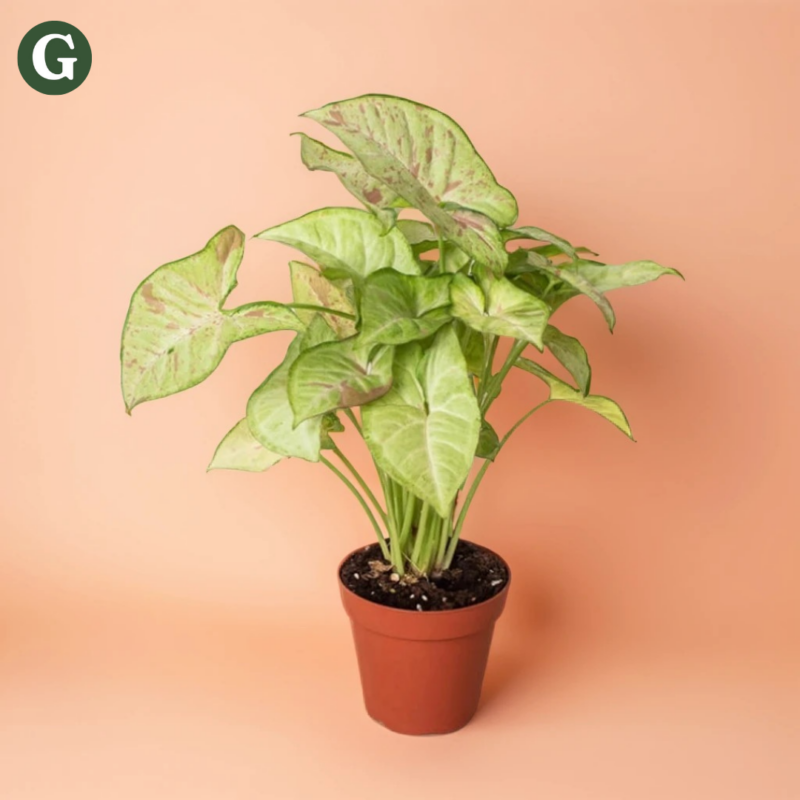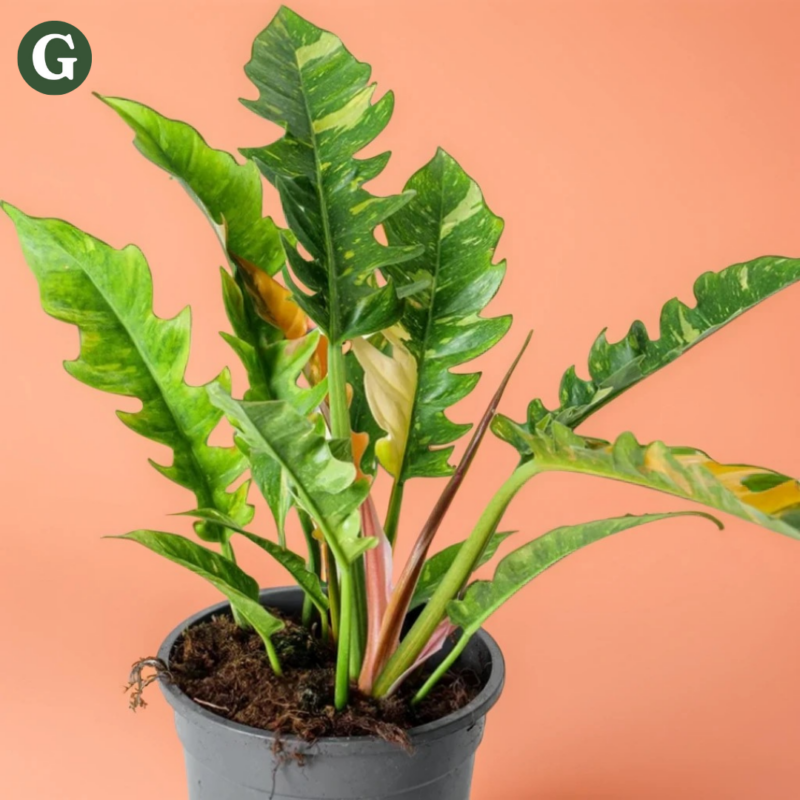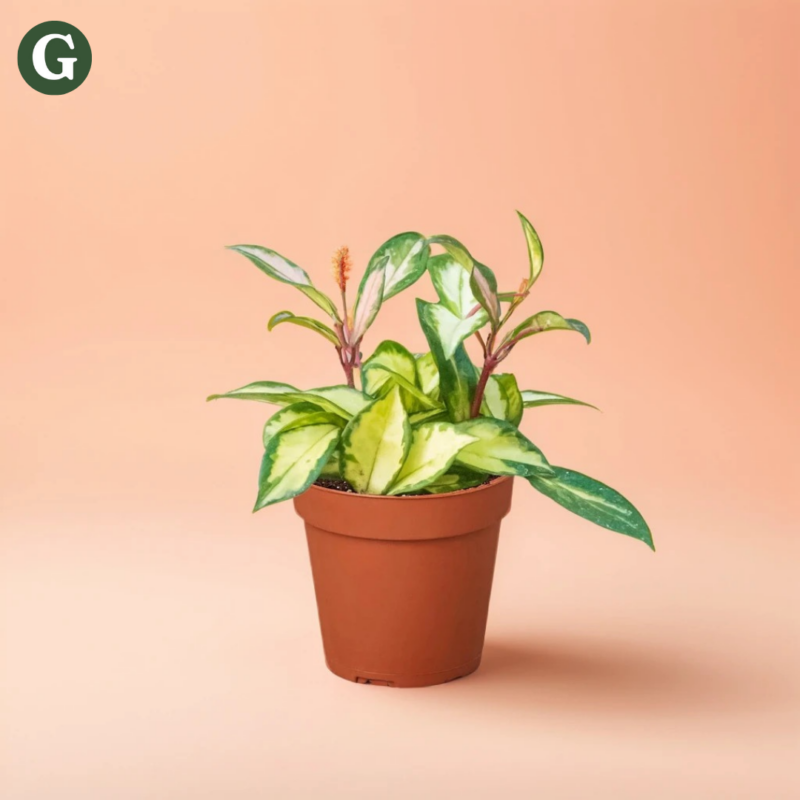Spider Plant Hawaiian
Botanical Name: Chlorophytum comosum 'Hawaiian'
Common Name(s): Hawaiian Spider Plant
The Hawaiian Spider Plant is a striking variety of the popular Spider Plant, known for its bold green leaves with creamy white variegation that forms a stunning contrast. Its long, arching leaves and spider-like offshoots, or "spiderettes," give it a cascading appearance, making it an ideal choice for hanging baskets or as a decorative tabletop plant. Like its counterparts, the Hawaiian Spider Plant is easy to care for, making it perfect for plant beginners or those looking for a hardy, low-maintenance indoor plant.
This plant thrives in bright, indirect light but is adaptable to low light conditions, though it will produce fewer "spiderettes" in such conditions. It prefers well-draining soil and should be watered regularly, allowing the top inch of soil to dry out before watering again to avoid overwatering. The Hawaiian Spider Plant is tolerant of average room temperatures and humidity, making it suitable for most indoor environments.
Air Purifying Qualities:
- Toxin Removal: The Hawaiian Spider Plant is excellent at filtering out common indoor toxins, including formaldehyde, xylene, and toluene, contributing to a healthier indoor environment.
- Oxygen Production: Like other Spider Plants, it absorbs carbon dioxide and releases oxygen, which helps to improve air quality.
- Humidity Regulation: This plant can help slightly increase indoor humidity through its natural transpiration, which is beneficial in dry environments.
Note: The Hawaiian Spider Plant is non-toxic to pets (cats and dogs), making it a safe option for households with curious animals.
Care Insights & Expert Tips

Sunlight
Bright, indirect light: The Spider Plant Hawaiian thrives in bright, indirect light. While it can tolerate low light, its striking green and white variegation is most vibrant when exposed to moderate to bright, filtered light. Direct sunlight can scorch its leaves, so it's best to keep it out of harsh sun.
- Fertilize regularly: Feed your plant with a balanced liquid fertilizer diluted to half strength every 4 weeks during spring and summer.
- Monitor for pests: Keep an eye out for common houseplant pests like mealybugs and spider mites. Treat infestations promptly with insecticidal soap or neem oil.
- Repot as needed: Repot Spider Plants every 1-2 years in a slightly larger pot with fresh, well-draining potting mix.
- Propagation: Spider Plants can be easily propagated through plantlets or division.
- Low-maintenance: Spider Plants are a low-maintenance and are perfect for beginners.

Visit our plant care library
Find essential tips to keep your plants thriving, vibrant, and healthy.
